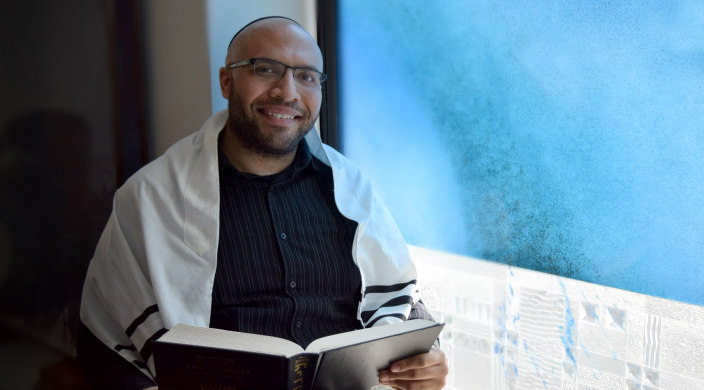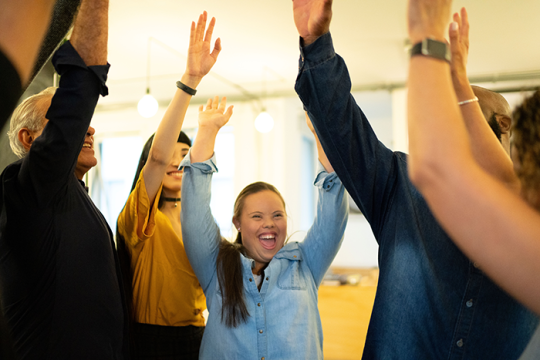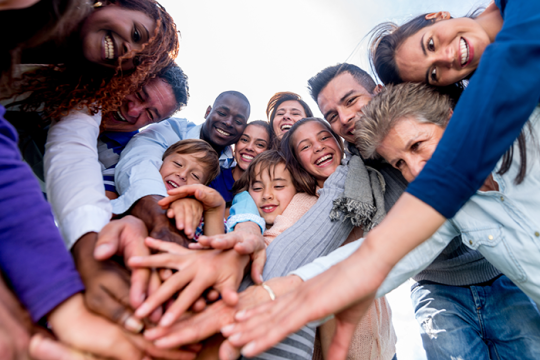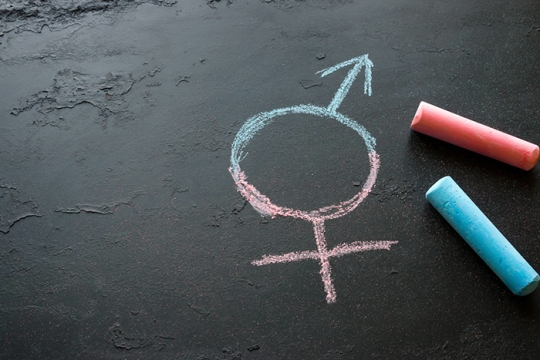
Whenever I enter Jewish spaces, whether it’s my first time or my fiftieth, I make a conscious effort to bring one or all of the following: my kippah (head covering), my Sh’ma bracelet, and my Magen David (Star of David) necklace.
I wear these items because I love being Jewish, and physical reminders of my Judaism help me feel more at home while attending Shabbat services, festivals, etc. – but I also bring them because, as a black person entering majority white Jewish spaces, I feel like I have to.
When I attend Jewish events without these totems, my past experiences nag at me. All the times I’ve been given strange stares as soon as I’ve walked in. All the times I’ve been asked, “What brings you here?” which is sometimes a nicer way of saying, “What are you doing here?” All the times congregants – and even clergy – assumed I lack basic Jewish knowledge.
These experiences and more tell me that if I don’t literally wear my Judaism on my sleeve (and my head and neck), I may not be accepted. So I put on my kippah and my necklace and my bracelet and hope, deep down, that the stares and questions won’t come once I walk in – and even then, they still sometimes do.
This is my own personal version of “code switching,” the act of adjusting one’s language or behavior between conversations or environments, mainly in an attempt to cater to the language and behavior of the dominant culture.
For instance, I rarely wear a kippah in everyday life, but I always wear one when I go to Shabbat services. When I speak to other Jews, I occasionally insert Yiddish phrases as if to prove how immersed I am in (specifically European) Jewish culture. I make sure that I speak “articulately,” lest my vernacular be seen as something treif (unkosher). I make sure every statement I make about Judaism is accurate, even just in passing conversation, or else others might think I’m Jewishly illiterate or, even worse, a fraud.
This is an issue white Jews almost never have to face.
If a white person walks into a Jewish space without physical displays of their Judaism, chances are, nobody will question them, their Judaism, or their identities. Nobody will find their presence odd or necessitating random questions about them walking through the door. This is because for many the default image of a Jew is a white person – which is not only incorrect, it’s problematic.
If our goal is to create Jewish spaces where everyone belongs, it is important to allow Jews of Color to be themselves. We should not have to feel required to flaunt our Judaism twice as much as our white Jewish family to truly belong.
The fact of the matter is that as more and more individuals continue to self-identify as Jews of Color, we’re going to see many more folks walk into our communities with dreadlocks, with different accents, with attire and vernaculars and identities and experiences that don’t fit the prescribed North American Jewish “mold.” This is not only OK, it’s beautiful – and it’s Jewish. Let us all come as we are, so we can better build and improve our wonderful Jewish communities authentically and audaciously.
Related Posts

Supporting Colleagues with Disabilities

Shavuot to Juneteenth: A Journey Toward Liberation

